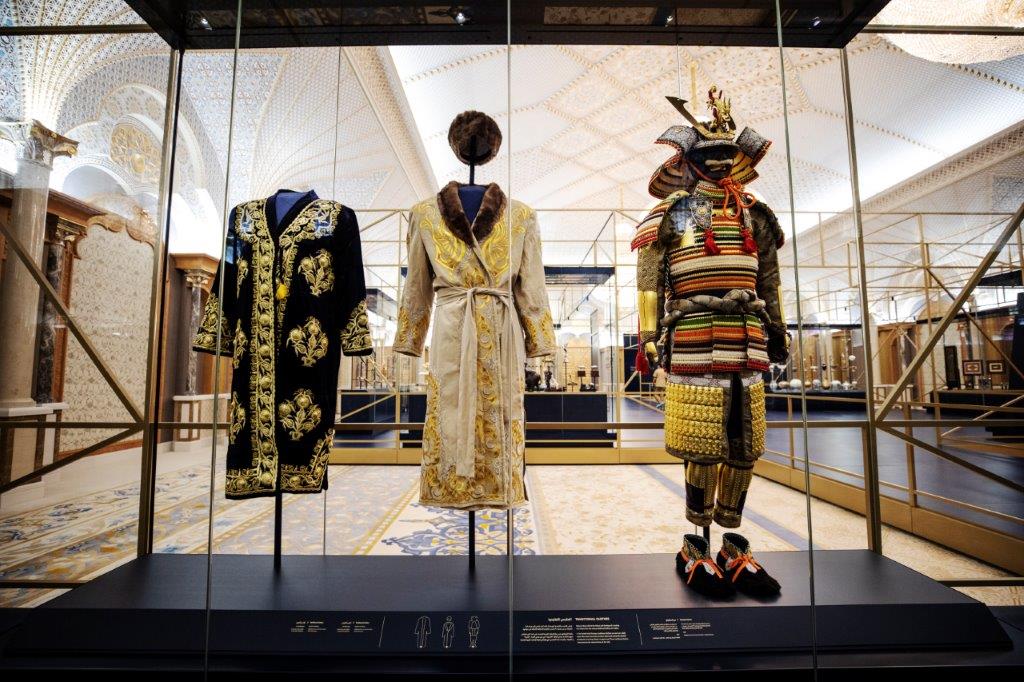The Louvre Abu Dhabi has some stunning new masterpieces on loan form French Museums on display.
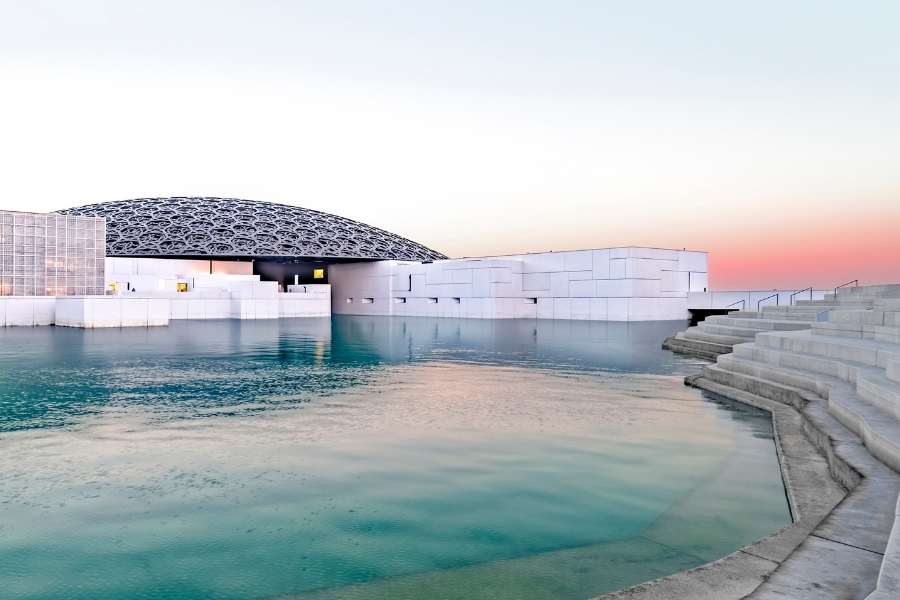
While travel to Paris may be difficult this winter, masterpieces of the Musée d’Orsay and the Bibliothèque nationale de France – both lending museums from the France Museums network – have arrived at Louvre Abu Dhabi. Joining these loans will be Charing Cross Bridge by Claude Monet, on loan from a UAE private collection.
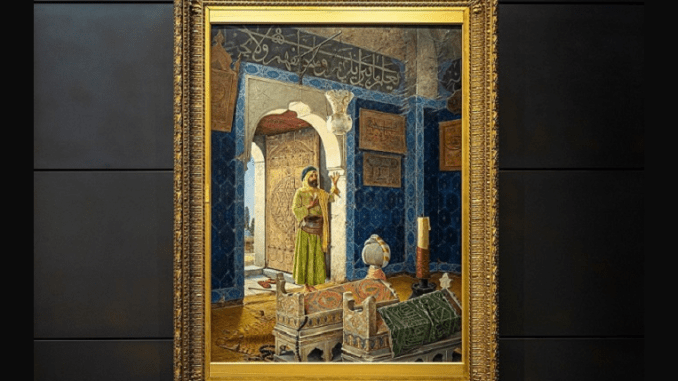
Newly unveiled acquisitions and loans, many on view for the first time in the region, offer new experiences to attract both first-time and returning visitors to the museum.
From 28th century BCE Mesopotamia to the height of Impressionism, new stories of cultural connections can be found at every turn throughout Louvre Abu Dhabi’s ‘museum city’, a modern marvel designed like an Arabian Medina by globally renowned architect Jean Nouvel.
New Acquisitions
Louvre Abu Dhabi’s new acquisitions include:
- Female figure praying (Iraq, 2800- 2550 BCE)
- Kneeling figure (Ancient Egypt, 400 – 300 BCE)
- Standing Jina figure (Tamil Nadu, India, 1000 – 1100)
- Feline-shaped Incense Burner (Eastern Iran or Central Asia, 1000 – 1100)
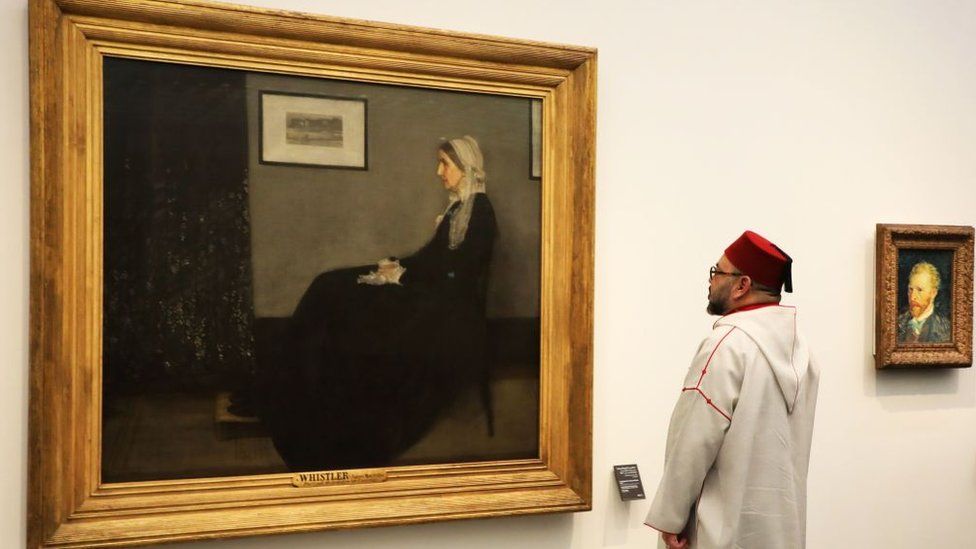
Each of these objects adds to the theme of varied religious beliefs, practices, and rituals across time and geography, and their similarities and differences. Female figure praying is particularly rare, as statues of worshippers from this time were nearly always male.
Likewise, Feline-shaped Incense Burner tells us that the feline form had many meanings across cultures that we are only now beginning to interpret.

This work is presented next to Louvre Abu Dhabi’s Aquamanile in the form of a lion from early 13th century Germany. Bestiary (the depiction of animals) was a common language, with the feline form generally associated with power.
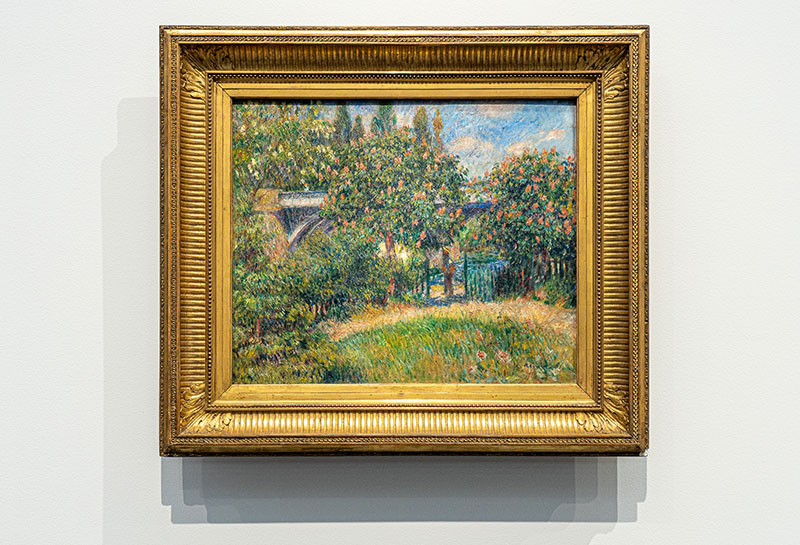
New Works on Loan
The loans from the Musée d’Orsay include some of the most iconic paintings from the Modern-Impressionist period, as well as photographs from the 19th century.
- Edgar Degas, The Bellelli family, France, 1858 – 1869
- Pierre-Auguste Renoir, Railway Bridge in Chatou, France, 1881
- Claude Monet, In the Norwegian, France, circa 1887
- Vincent Van Gogh, Caravans, Gypsy Camp near Arles, France, 1888
- Claude Monet, Haystacks, End of Summer, France, 1891
- Osman Hamdi Bey, Old Man in front of Children’s Tombs, Turkey, 1903
- Eugène Louis Gillot, The Arrival of the “La Fayette” in New York, France, 1921
- Pierre Bonnard, Southern Landscape, France, 1928
- Félix Nadar, Alexandre Dumas father, writer, France, 1854 – 1860
- Eadweard Muybridge, Deer, running and jumping, United States, 1887
- G. N. Barnard, Rebel Works in front of Atlanta, Georgia, no. 1, United States, 1864
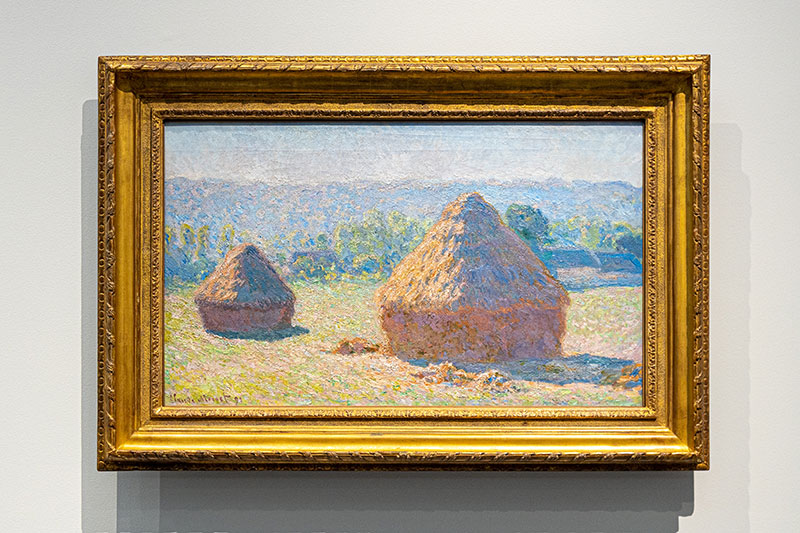
Osman Hamdi Bey’s Old Man in front of Children’s Tombs is displayed next to Louvre Abu Dhabi’s renowned Young Emir Studying by the same artist. Though the subjects could not be more different (one passive and languorous, the other full of emotion), both works have a common point— created by a Turkish artist trained in France, who endeavored to portray truth and precision through delicate details.
Vincent Van Gogh’s Caravans, Gypsy Camp near Arles is now hanging next to Louvre Abu Dhabi’s own TheBohemian by Édouard Manet. Van Gogh was struck by the light and the harsh landscape during his travels through the Camargue in the south of France, where many Romani pilgrims also passed through at that time.

The adventure and excitement of leaving the studio, painting in nature, expressing emotions through colour, and the encounters that resulted are felt in both works.
The new displays in Louvre Abu Dhabi’s permanent galleries coincided with the third anniversary of the museum, which also included the premiere of the museum’s first short film, The Pulse of Time, and a three-day symposium, Reframing Museums (16-18 November), which brought industry leaders together to discuss the future of art museums in our current global context.
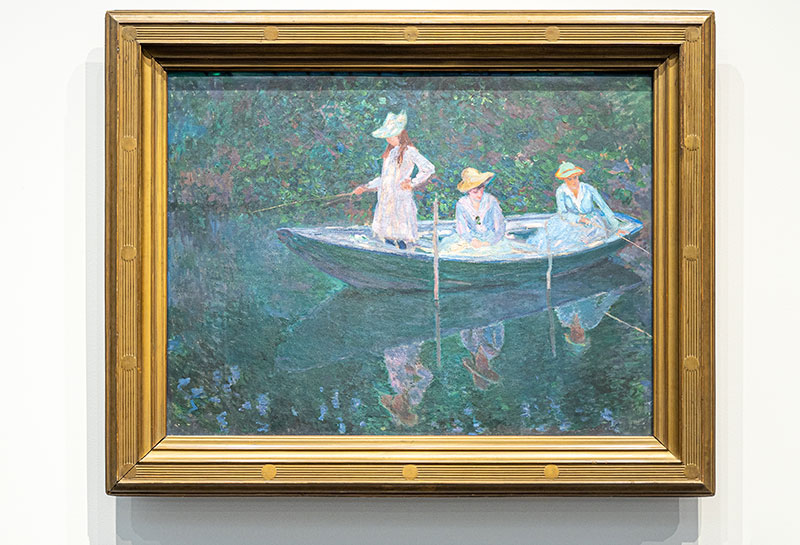
Louvre Abu Dhabi is open Tuesday – Sunday from 10 am – 6:30 pm and closed on Mondays. Pre-purchased tickets are required to visit the museum. E-tickets can be reserved via the museum’s website.




